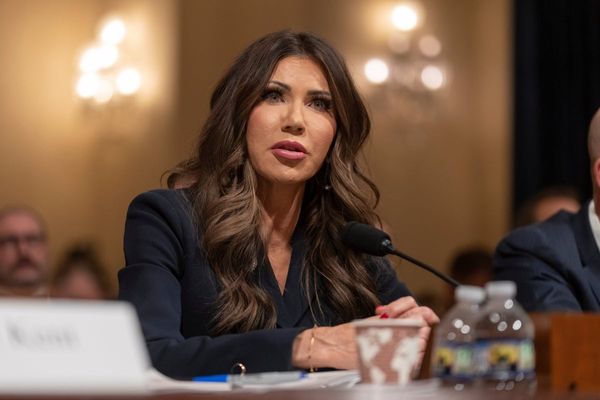
Primary schools are being closed, merged and shrunk as councils across England respond to falling numbers of pupils due to the falling birth rate as well as family upheaval triggered by rising costs, Brexit and Covid.
London boroughs are among the hardest hit, with thousands of school places being lost, but the closures and cuts extend to other cities and areas as they adjust to fewer children being born or moving into their catchment areas.
In the past week, the London boroughs of Hackney and Lambeth have announced proposals for substantial cuts and closures, with Lambeth’s plan amounting to more than 4,000 fewer primary school places in the borough after seven years.
A spokesperson for London Councils, which represents the city’s 32 local authorities, said: “Boroughs are working hard to support their local schools and to find solutions for keeping them financially viable. In some circumstances, when all other options have been exhausted and demand is forecast to remain low, school closures will be necessary.
“Boroughs are determined that all children in London have access to high-quality education. In the face of demographic changes and funding pressures, we are keen to work with the government to ensure this happens.”
Hackney said it planned to close four primary schools, with two shutting outright and two more disappearing in mergers with other schools.
Anntoinette Bramble, Hackney’s deputy mayor and cabinet member for education, said it was “an incredibly difficult decision” to close schools treasured by parents.
“This is the only way to ensure that we can minimise the long-term negative impact on Hackney education and more widely on the council’s budget, at a time of extreme financial pressure. None of this is due to any fault of our schools, their leadership teams or staff,” Bramble said.
Lambeth council said the borough “has experienced a one-third drop in the birth rate since 2009 and the cost of living crisis, the Covid-19 pandemic and Brexit have led to considerable migration”.
Ben Kind, Lambeth’s cabinet member for children and families, said: “We have a really successful network of schools across our borough and we are working hard to protect them in the face of this huge challenge. We are seeking to avoid significant interventions, such as closures as a worst-case scenario, but such interventions will increasingly have to be considered should schools decide not take a shared, boroughwide approach.”
London Councils says almost 15% of school places in the city are now unfilled. It is forecasting a further 7% decrease in new pupils between now and 2026-27, equivalent to about 243 classes of children.
Inner London boroughs such as Haringey have been cutting places since 2019, but the council is still seeking to halve entry numbers at three primaries, in part because “more families are now moving out of the London area than was predicted”.
Islington, which aims to merge and close two primary schools and cut 150 reception places, stated in its latest school organisation plan: “Anecdotally, families who rode out the pandemic outside London have stayed: families have continued to move out of London and fewer graduates came to London for jobs during this period, with more workers choosing to live further away from central London due to remote working.”
But boroughs in outer London such as Barnet are also seeing fewer enrolments, which the council attributes to “changes in migration patterns” as well as the birth rate. Even on the fringe of London’s commuter zone, local authorities such as Hertfordshire are proposing cuts, while Brighton and Hove aims to close two primaries and reduce entries at nine others.
A survey by the Guardian of councils currently holding consultations over school places shows that most local authorities are aiming to shrink individual school intakes rather than undertake full closures.
Analysis by the Guardian found that 88 primary schools in England were more than two-thirds empty last year, leaving them in danger of closure. Overall there were more unfilled places than at any time since 2010, the equivalent to 570,000 missing pupils or 11.5% of school capacity.
Paul Whiteman, the general secretary of the National Association of Head Teachers, said falling pupil numbers was a concern for many school leaders.
“It would be a huge mistake to allow schools to close, only for there to be a renewed places crisis further down the line. Local councils and central government need to keep an eye on the long term here and ensure schools are supported where there are short-term reductions in pupil numbers,” Whiteman said.
Rather than allowing primary schools to contract, Whiteman said it was “an excellent opportunity” for smaller class sizes and more targeted support for pupils to help them recover from the recent Covid and cost of living crises.







